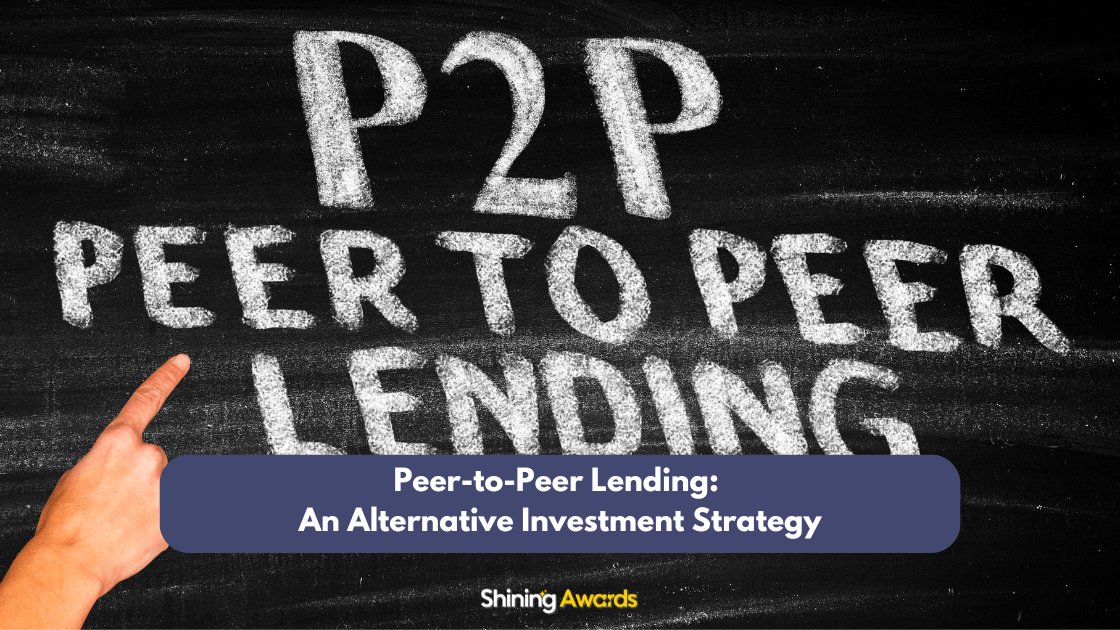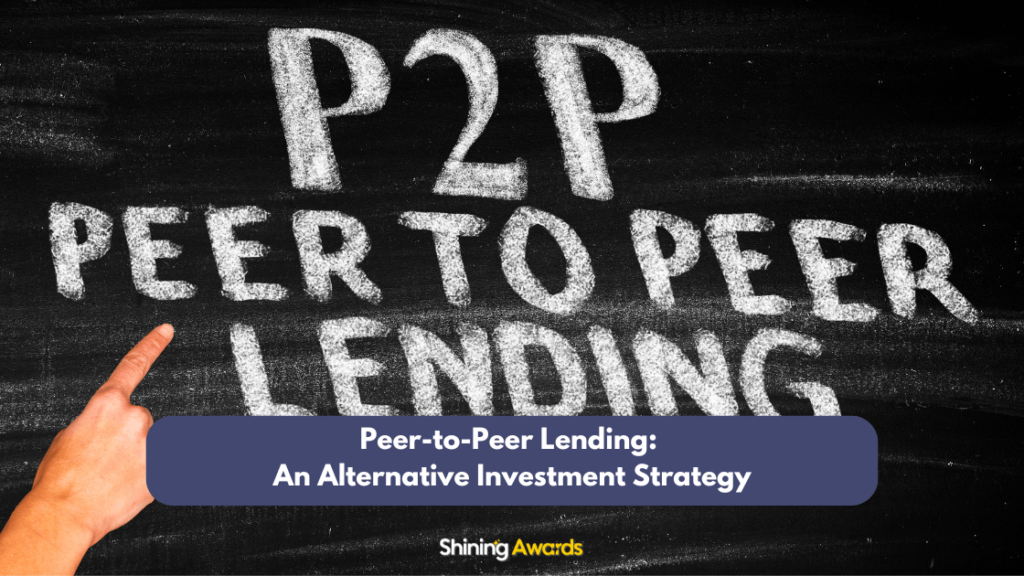Peer-to-Peer Lending: An Alternative Investment Strategy

Peer-to-Peer Lending – Unraveling the dynamics of peer-to-peer lending unveils a realm of alternative investment opportunities. From its inception to its current prominence, this article delves into the intricacies of P2P lending, exploring its evolution, advantages, risks, and key considerations for investors. Embark on a journey to discover a disruptive force reshaping the financial landscape. Explore the site which provides educational insights into peer-to-peer lending as a viable alternative investment strategy.
Peer-to-Peer Lending

Understanding Peer-to-Peer Lending
Peer-to-peer lending, often abbreviated as P2P lending, stands as a disruptive force within the traditional financial landscape. At its core, P2P lending facilitates direct borrowing and lending between individuals or entities, bypassing the conventional intermediaries like banks. This model harnesses the power of technology to connect borrowers seeking funds with investors looking to deploy capital.
Unlike the conventional banking system, where financial institutions act as the middlemen, P2P lending platforms operate as online marketplaces, matching borrowers and lenders based on their respective needs and preferences.
This streamlined approach eliminates much of the overhead costs associated with traditional lending, allowing for more efficient allocation of capital and potentially higher returns for investors.
P2P lending has witnessed remarkable growth and evolution since its inception. Initially regarded as a niche market, it has now garnered significant attention from both retail and institutional investors alike. This surge in popularity can be attributed to various factors, including advancements in technology, changing consumer behaviors, and a prolonged period of low interest rates in traditional investment avenues.
Furthermore, P2P lending platforms come in various forms, ranging from consumer lending to business financing and real estate crowdfunding. Each model caters to different segments of the market, offering investors a diverse range of investment opportunities to choose from.
Whether one seeks to invest in short-term personal loans or long-term real estate projects, there exists a P2P lending platform tailored to their investment objectives.
Understanding the mechanics of P2P lending is crucial for investors looking to diversify their portfolios and explore alternative investment strategies. By delving into the intricacies of how these platforms operate, investors can make informed decisions regarding risk management, asset allocation, and expected returns.
In essence, P2P lending represents a paradigm shift in the way capital is allocated and utilized, offering a compelling alternative to traditional banking systems.
Advantages of Peer-to-Peer Lending
The allure of peer-to-peer lending lies in its array of advantages over traditional investment avenues. Firstly, P2P lending provides investors with access to a diversified pool of assets, ranging from personal loans to small business financing and real estate projects. ‘
This diversification helps mitigate risk by spreading investments across multiple borrowers and sectors, reducing the impact of individual defaults.
Moreover, P2P lending often offers higher returns compared to conventional fixed-income investments such as bonds and savings accounts. By cutting out the middlemen and operating online platforms, P2P lending platforms can offer more competitive interest rates to both borrowers and lenders. This higher yield potential can significantly enhance the overall performance of an investment portfolio.
Accessibility and inclusivity are other key advantages of P2P lending. Unlike traditional banking systems that may impose stringent eligibility criteria and collateral requirements, P2P lending platforms often provide more flexible lending options.
This opens up opportunities for underserved borrowers who may struggle to obtain financing through traditional channels, thereby promoting financial inclusion and economic empowerment.
Furthermore, the streamlined nature of P2P lending platforms enables faster loan approval and disbursement processes. With minimal paperwork and bureaucracy involved, borrowers can access funds more quickly, addressing urgent financial needs or seizing time-sensitive investment opportunities. Similarly, investors benefit from timely interest payments and potential reinvestment opportunities, maximizing the efficiency of capital deployment.
The advantages of peer-to-peer lending are manifold, ranging from diversification benefits and higher returns to accessibility and efficiency. As investors increasingly seek alternative sources of income and portfolio diversification, P2P lending stands out as a compelling option that aligns with the evolving dynamics of the modern financial landscape.
Conclusion
Peer-to-peer lending emerges as a transformative force, offering investors diversification, higher returns, and accessibility. Despite its advantages, prudent consideration of risks and due diligence remains paramount. As the financial world evolves, P2P lending stands as a testament to innovation and inclusivity, providing a viable alternative investment avenue for those seeking to navigate the complexities of modern finance.
